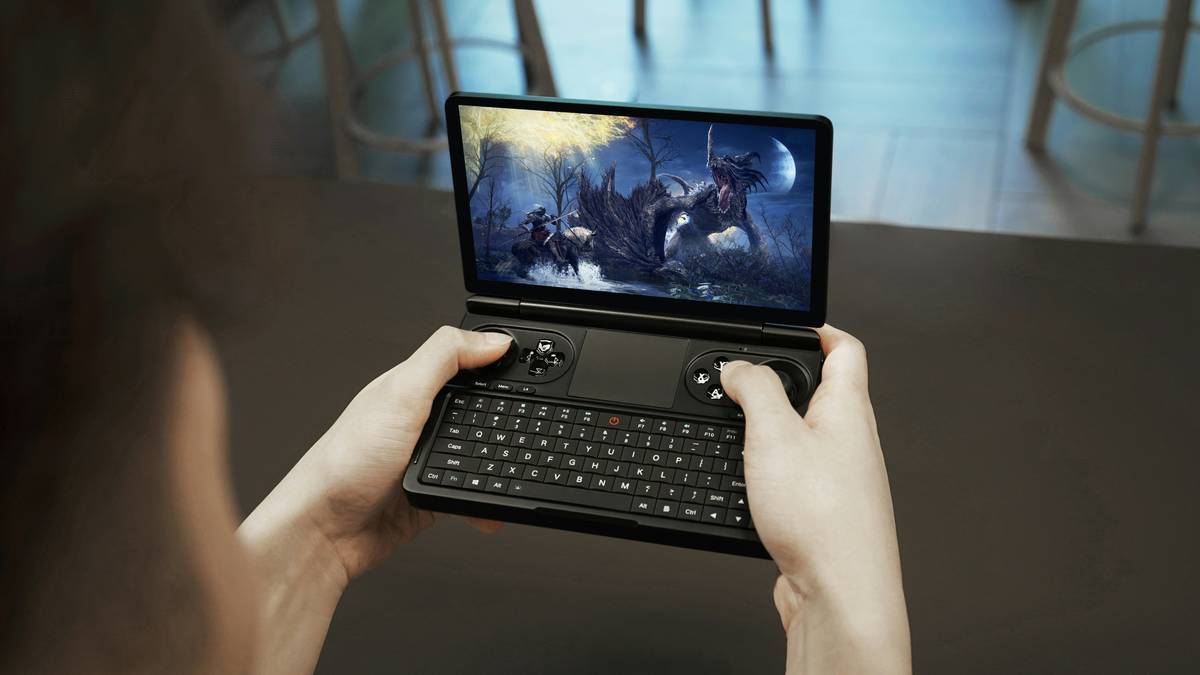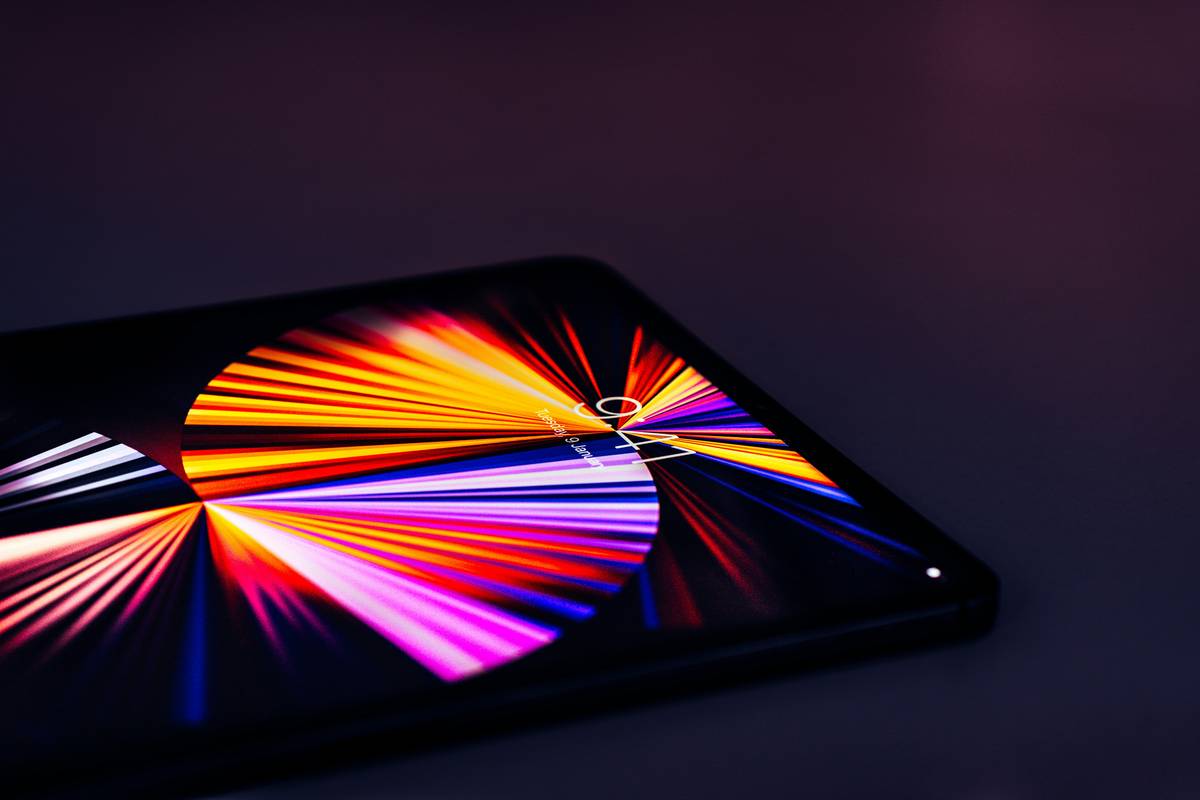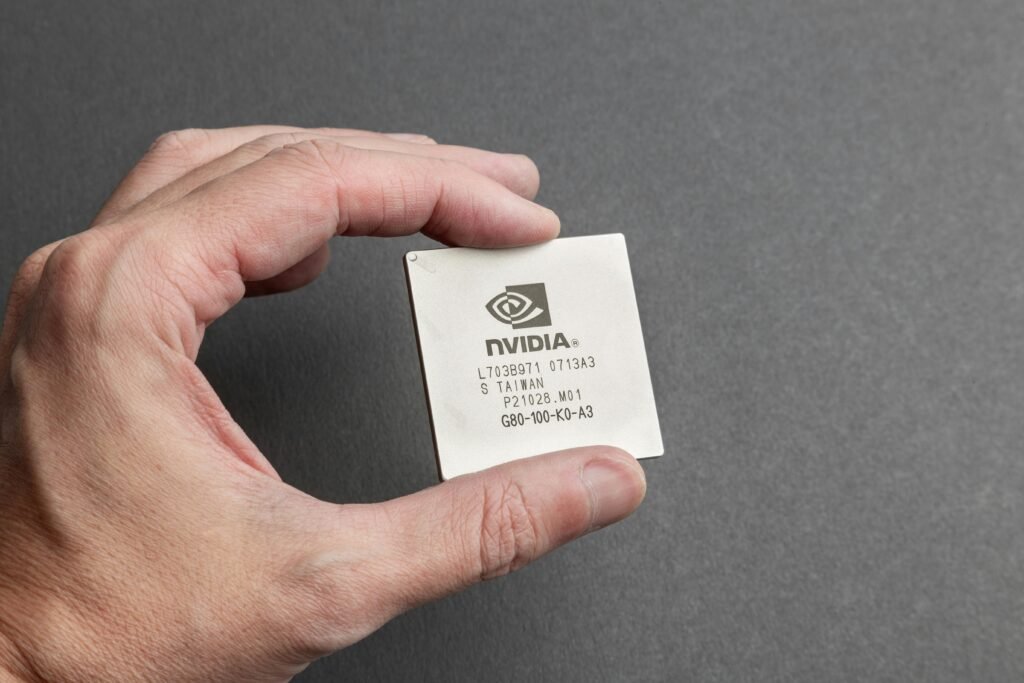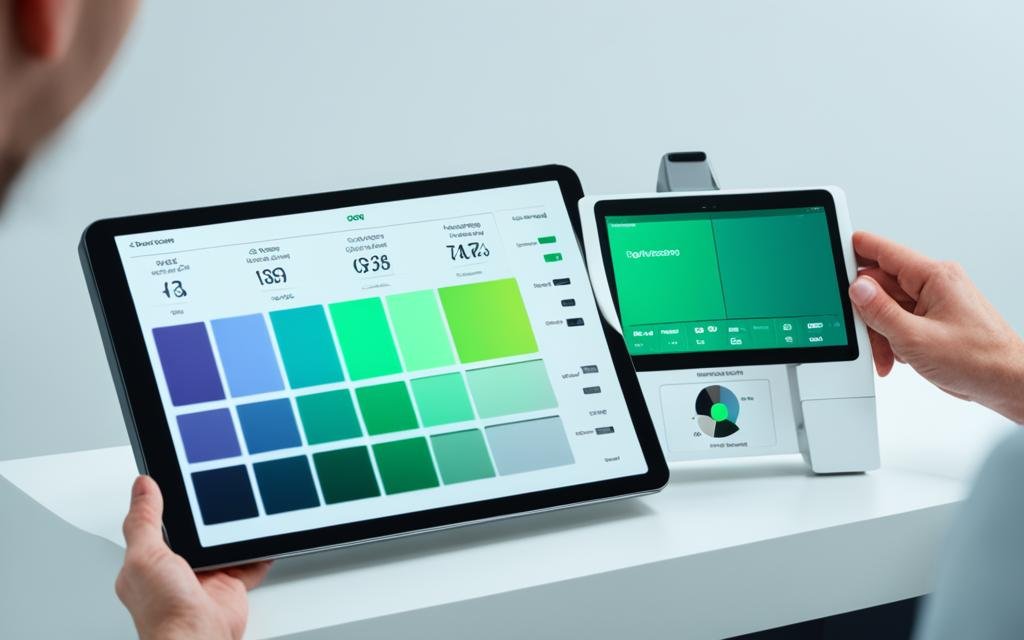“Ever felt your eyes strain after hours of gaming on a tablet, wondering if it’s just you or something deeper?” Spoiler alert: It’s not just you. Your screen might be letting you down—literally.
In this post, we’ll break down why tablet pixel density is a game-changer for gamers everywhere. We’ll cover what pixel density means for gaming performance, how to pick the right specs without overspending, and tips to avoid common pitfalls (yes, there are some *terrible* choices you could make). Buckle up—it’s about to get sharp.
Table of Contents
- Key Takeaways
- Section 1: Why Does Tablet Pixel Density Matter?
- Section 2: How to Choose the Right Gaming Tablet Based on Pixel Density
- Section 3: Tips for Maximizing Your Gaming Experience
- Section 4: Real-World Examples of Tablets That Nail It
- Section 5: FAQs About Tablet Pixel Density
Key Takeaways
- Pixel density determines clarity and detail in gaming tablets.
- A higher PPI (pixels per inch) leads to crisper visuals but can impact battery life.
- Balance between resolution, size, and budget is crucial when buying a gaming tablet.
- Don’t fall prey to marketing gimmicks disguised as “best resolutions.”
Section 1: Why Does Tablet Pixel Density Matter?
![]()
First things first—what exactly is tablet pixel density? Simply put, it refers to how many pixels fit into one square inch of your screen (measured in PPI). The higher the number, the sharper your graphics look. For gamers, this is critical because even tiny details like enemy movement or map textures become crystal clear.
I once made the mistake of buying a cheap tablet with “HD resolution” only to realize later that its subpar PPI had me squinting through every match. Trust me, nobody wants their epic boss fight interrupted by blurry pixels.
Grumpy Me: “Ugh, do I really have to explain why bad screens ruin immersion?”
Optimist Me: “Yes! Because understanding pixel density can save people from terrible decisions!”
Section 2: How to Choose the Right Gaming Tablet Based on Pixel Density

Step 1: Know Your Needs
- Casual Gamer: If you play casually, aim for at least 250-300 PPI.
- Competitive Gamer: Opt for over 350 PPI to ensure maximum clarity during fast-paced games.
Step 2: Screen Size vs. Resolution
Bigger isn’t always better. A large screen paired with low resolution creates a pixelated mess. Instead, prioritize balanced ratios. For example, an 8-inch tablet with Full HD resolution will outperform a 10-inch tablet running at 720p.
Step 3: Budget Considerations
Higher pixel density usually costs more. If cutting corners financially, prioritize other factors like refresh rate and processing power over pixel density alone.
Section 3: Tips for Maximizing Your Gaming Experience
- Calibrate Brightness Settings: Too dim, and colors fade; too bright, and battery drains faster. Find a sweet spot.
- Invest in Anti-Glare Protection: Glossy screens may highlight gorgeous pixel density but reflect annoying light flares.
- Avoid Cheap Knockoffs: Yes, they promise “retina-like displays,” but trust us—they’re lying.
Section 4: Real-World Examples of Tablets That Nail It

Take the Samsung Galaxy Tab S9 Ultra, which boasts a staggering 425 PPI—a godsend for competitive gaming. Or look at Apple’s iPad Pro lineup, known for Retina XDR technology that renders jaw-dropping detail. These aren’t recommendations because they’re shiny new releases—their pixel densities genuinely redefine mobile gaming.
Section 5: FAQs About Tablet Pixel Density
What is considered good pixel density for a gaming tablet?
Above 300 PPI is ideal for most gamers, though professional esports players might prefer closer to 400+.
Can I adjust pixel density settings manually?
No, pixel density depends entirely on hardware specifications. Software scaling won’t magically improve poor physical resolution.
Does high PPI drain my tablet’s battery faster?
Yes—if all else remains constant, higher PPI requires more power to render extra pixels.
Conclusion
To recap, tablet pixel density isn’t just another flashy spec sheet term—it directly impacts your gaming experience by dictating image clarity and overall enjoyment. Whether you’re hunting down enemies or exploring rich open worlds, choosing wisely based on PPI ensures smooth sailing ahead.
So here’s your final challenge: Next time someone asks why you spent so much on a premium tablet, drop the phrase “It’s all about pixel density, baby!” Then watch their faces light up. 😎
P.S. Like finding rare loot in an RPG dungeon, optimizing pixel density makes everything feel rewarding. Now go forth and conquer those virtual battles!
“Pixels whisper secrets to our eyes, crafting worlds unseen”—your haiku takeaway.

